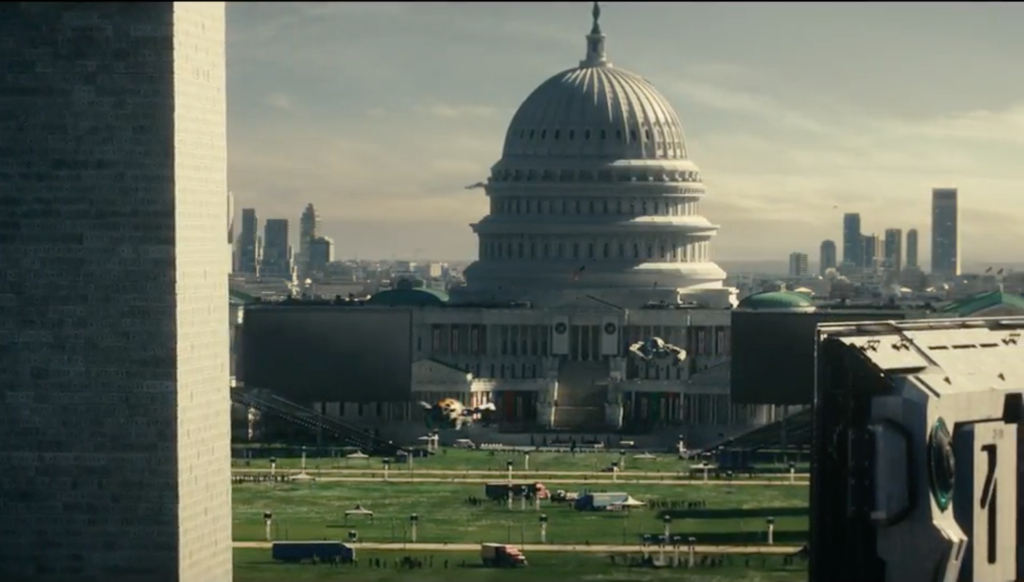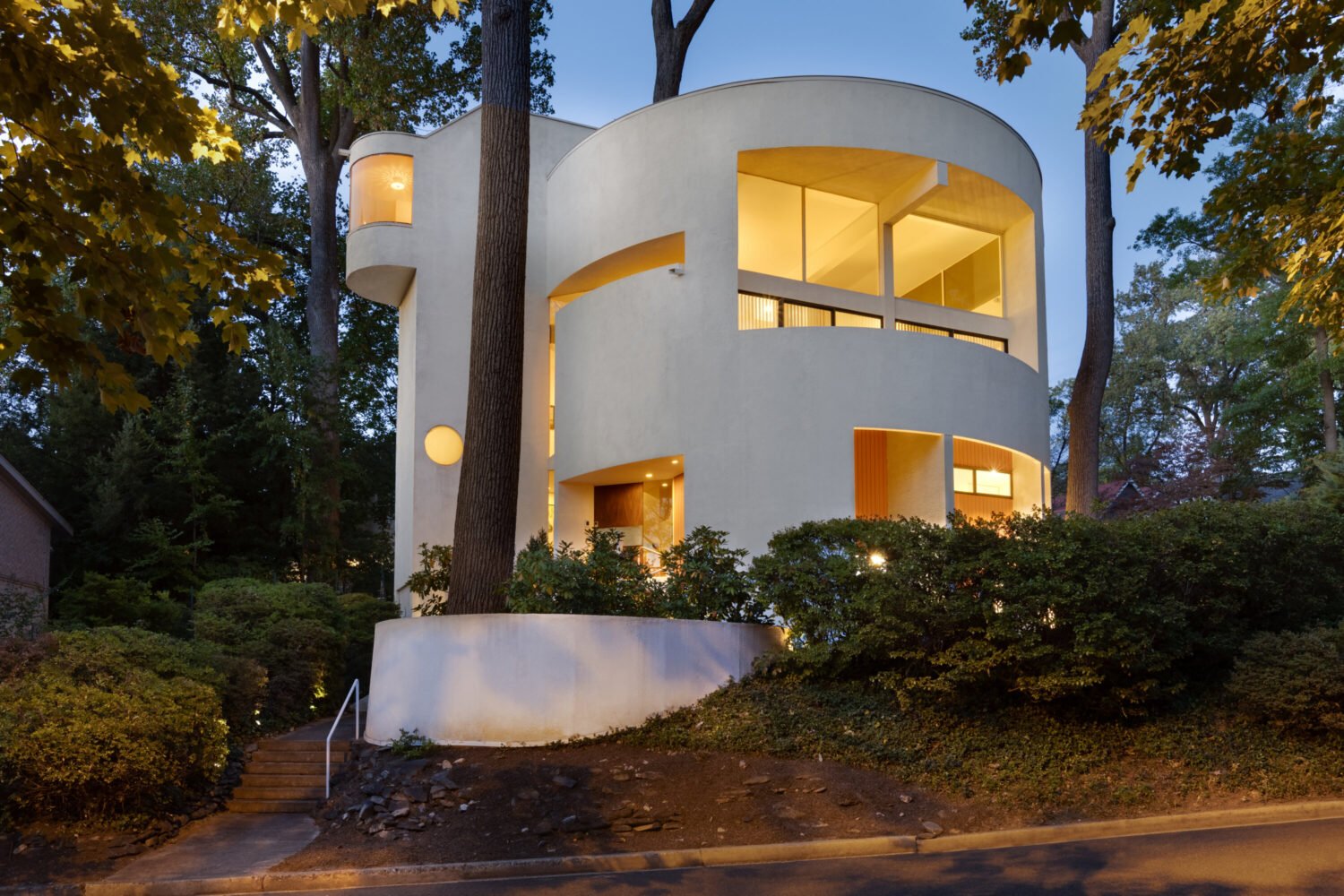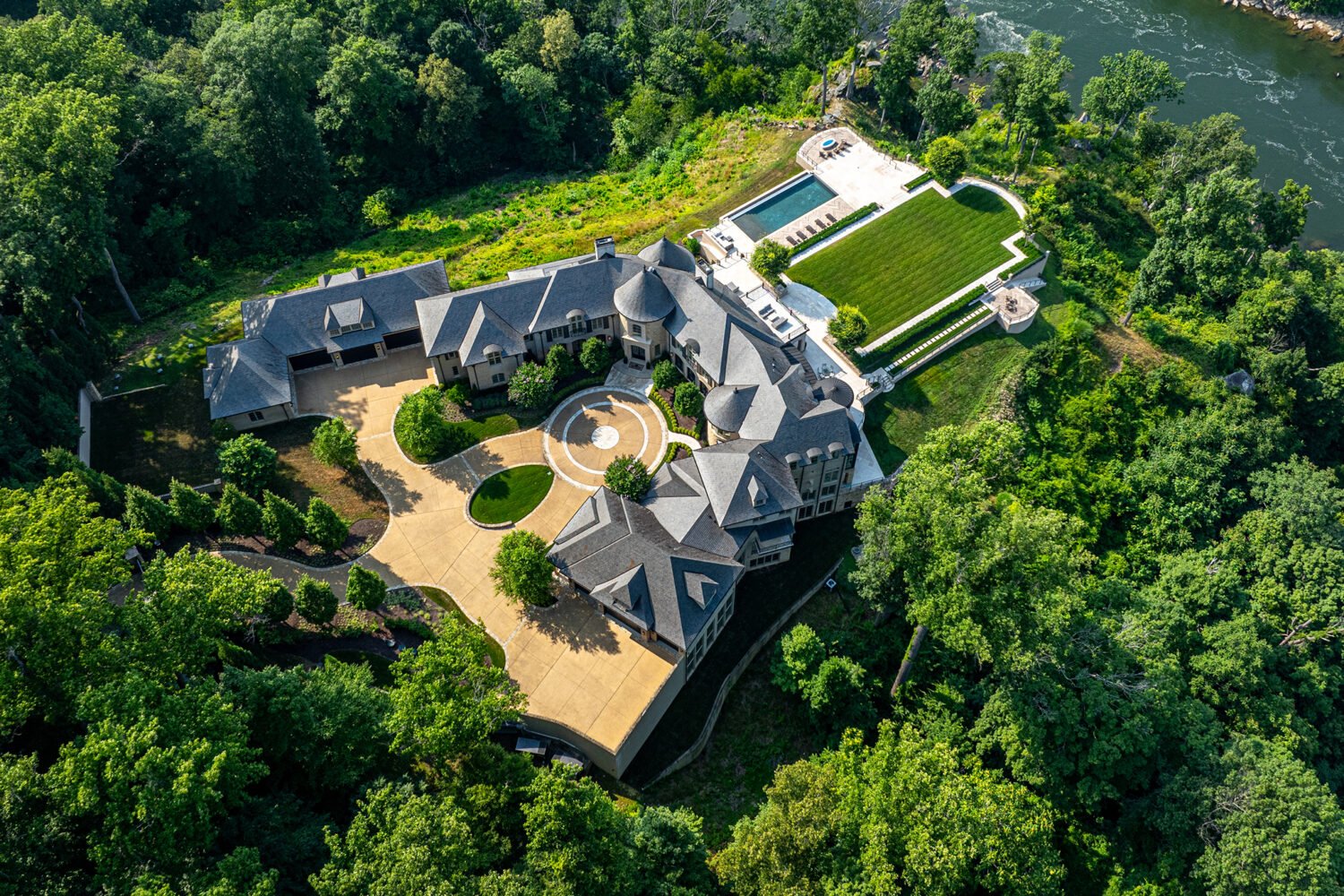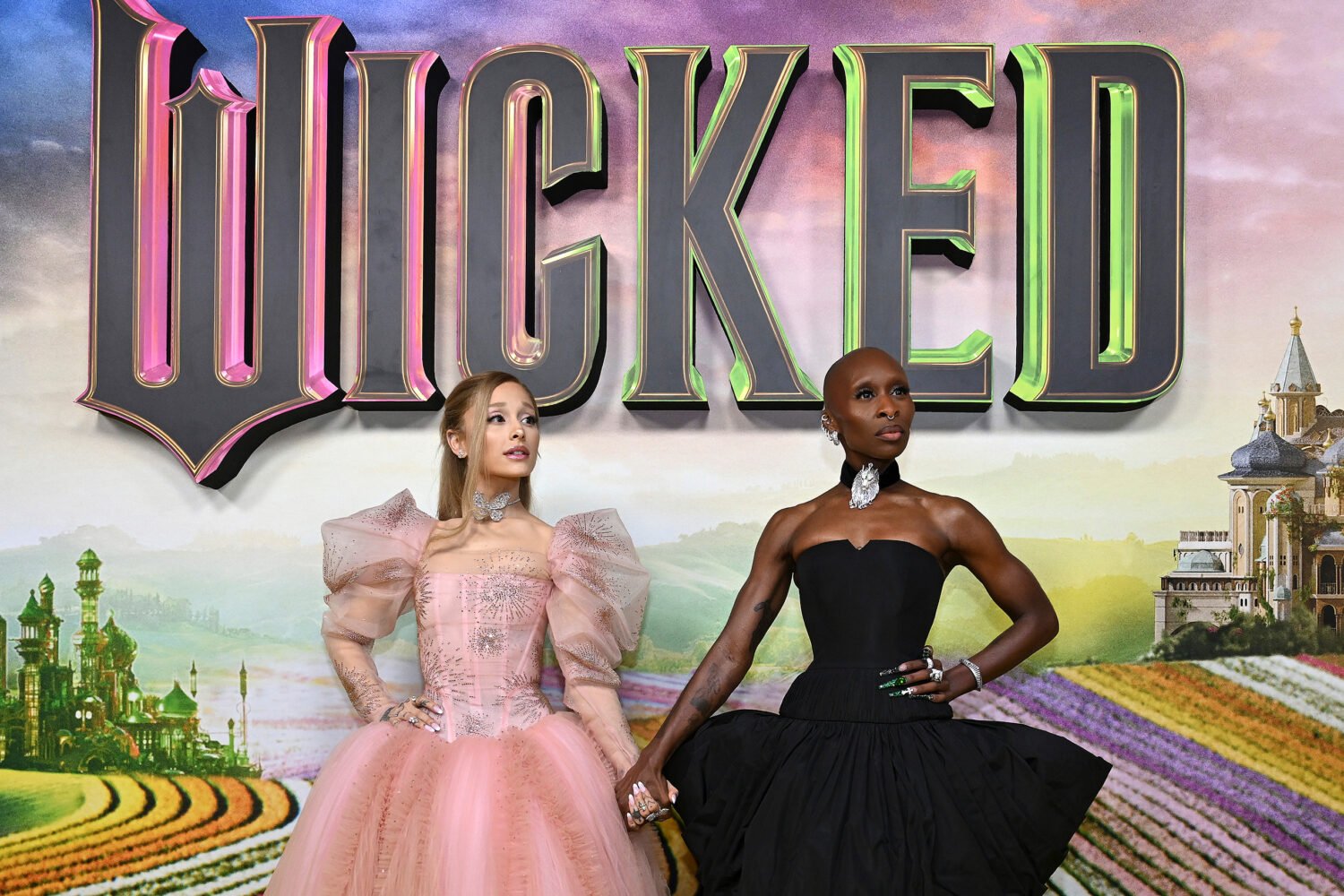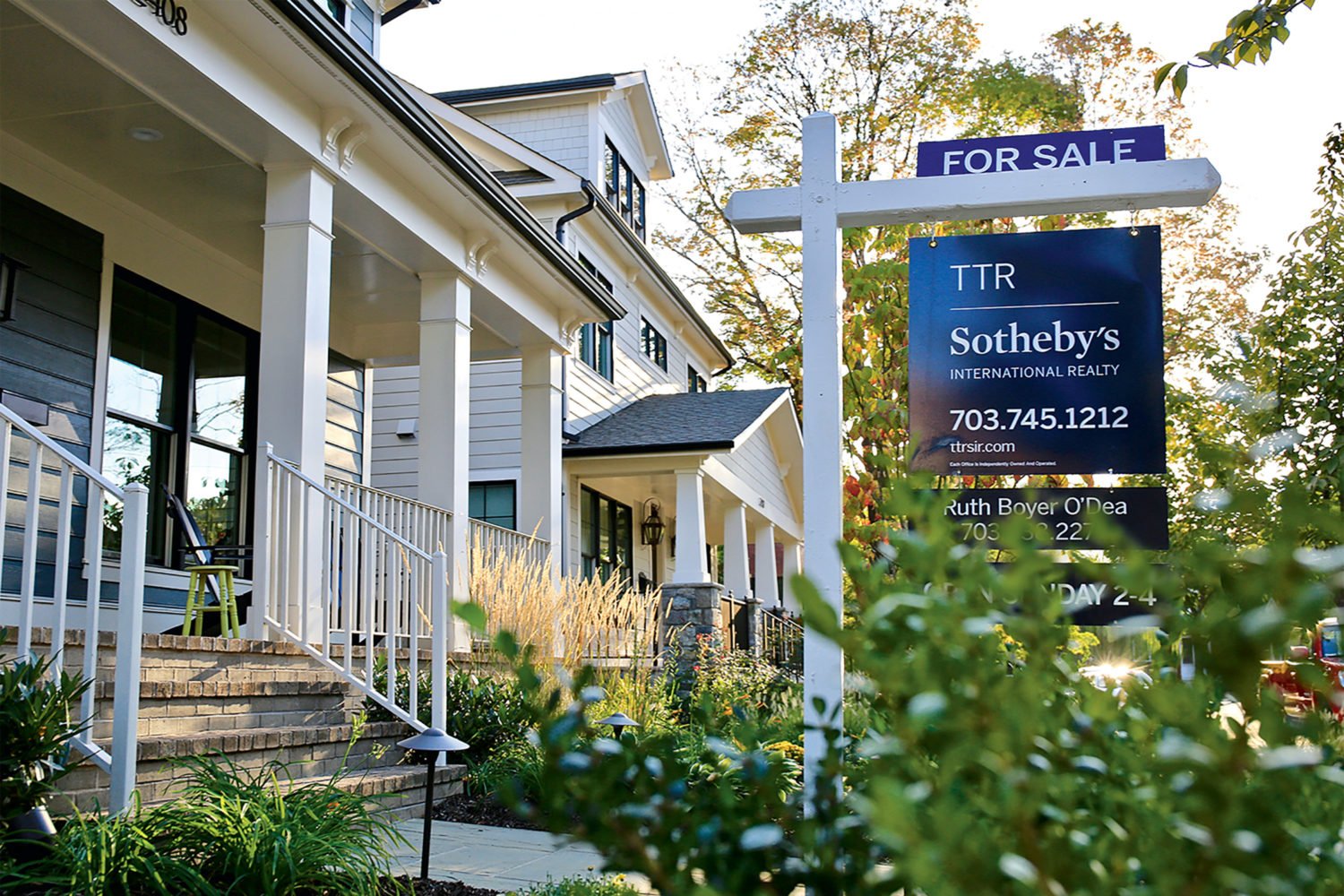A new trailer for Independence Day: Resurgence that appeared Friday features everything one expects from a Roland Emmerich movie—widespread property destruction, massive loss of life, and self-referential dialogue. But there are a couple shots in the two-and-a-half minute clip that anyone who’s interested in DC’s future should take note of.
About 30 seconds in, the camera pans across the National Mall, Washington Monument, and US Capitol, which appear to have been rebuilt to original scale following their destruction in 1996 by a directed-energy weapon fired from an extraterrestrial spaceship. There’s also a shot of a huge crowd gathered on the Mall to hear a speech from a new President, played by Sela Ward. (Sorry, Bill Pullman fans, even heroic presidents who give awesome speeches and lead their own troops directly into battle are subject to the 22nd Amendment.)
Look at the non-landmark buildings in these shots. Yes, their sleek, ultramodern looks can be chalked up to Emmerich’s love of computer-generated imagery and a fictional timeline in which survivors of the first Independence Day film adapted alien technology for human use. But they also shoot high into the sky, well above the artificial cap real-world law places on construction in DC.
And that shot of the Capitol shows huge skyscrapers in the background; as an eastward-facing shot, that means those very tall buildings must be in the District, maybe clustered around NoMa and the currently unused parcel of Hill East known as Reservation 13. What could they be housing? Perhaps one of them is the Will Smith Memorial Spaceship Training Club or the headquarters Jeff Goldblum’s Earth Defense Corps. Maybe it’s a new Wizards practice facility. But hopefully, those agencies are all on far-flung government bases and DC’s new skyscrapers are part of a city with enough housing, jobs, and recreational space for everyone who wants to live here, regardless of income level.
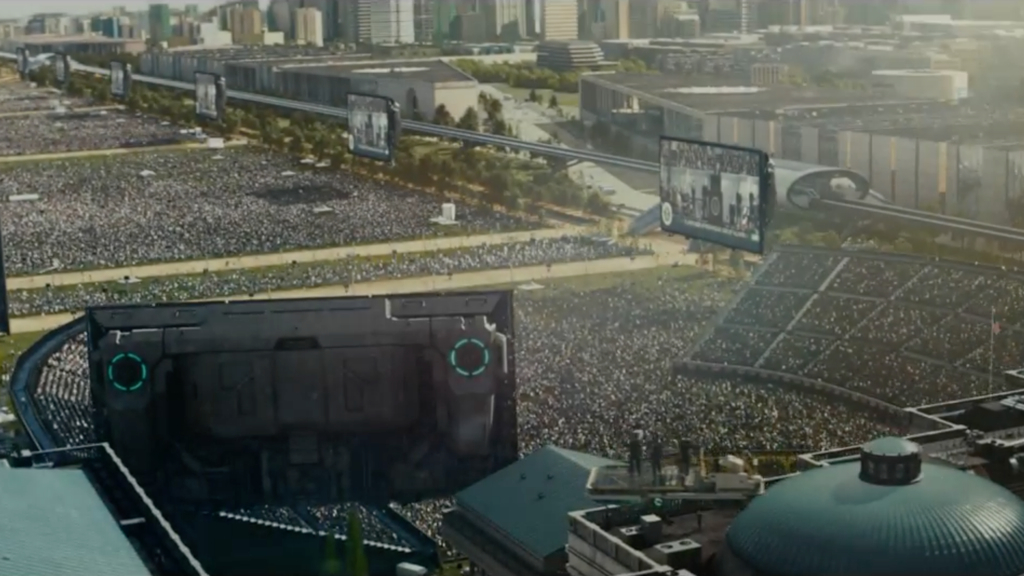
Either way, there’s no way those buildings, which soar far above the Capitol, get built if DC is still subject to the Height Act, the real-life federal law passed in 1910 that restricts new construction to no higher than 130 feet. The Height Act isn’t the only thing putting upward pressure on real-life DC’s housing market, but it does impose artificial limits on how much housing and other space the city can build, which is a real problem when the city’s population is adding more than 1,000 new people per month. A Census Bureau report last December pegged the District’s population at 672,228 in 2015, more than Wyoming and Vermont, and just 66,000 shy of Alaska.
At DC’s current growth rate, it’s on pace to reach 900,000 residents by 2040 and that means it’ll need a lot more space where people can live, work, and play. A plan to reform the Height Act proposed in 2013 by then-DC Planning Director Harriet Tregoning projected the District will need as much as 317 million square feet of new real estate to accommodate all the newcomers; but under current conditions, there are only 189.8 million square feet left available for development. But Tregoning’s proposal fizzled when the DC Council declined to endorse it and give federal authorities every reason to dismiss it out-of-hand. As a result, DC will continue to be self-constrained in its attempts to make room for everyone who wants to live here.
Not the rebuilt Washington of Independence Day: Resurgence, though. Its planners seem to have convinced survivors of the original alien invasion on the merits of building enough housing for everyone, and hopefully at all income levels. That seems unlikely to pass in real life, in which city officials kowtow to NIMBY groups and give Congress more excuses to flick away one of the District’s most pressing issues. The greatest fantasy in this way-overdue sequel isn’t that the aliens are coming back, it’s the suggestion that DC fixed its space limitations.

